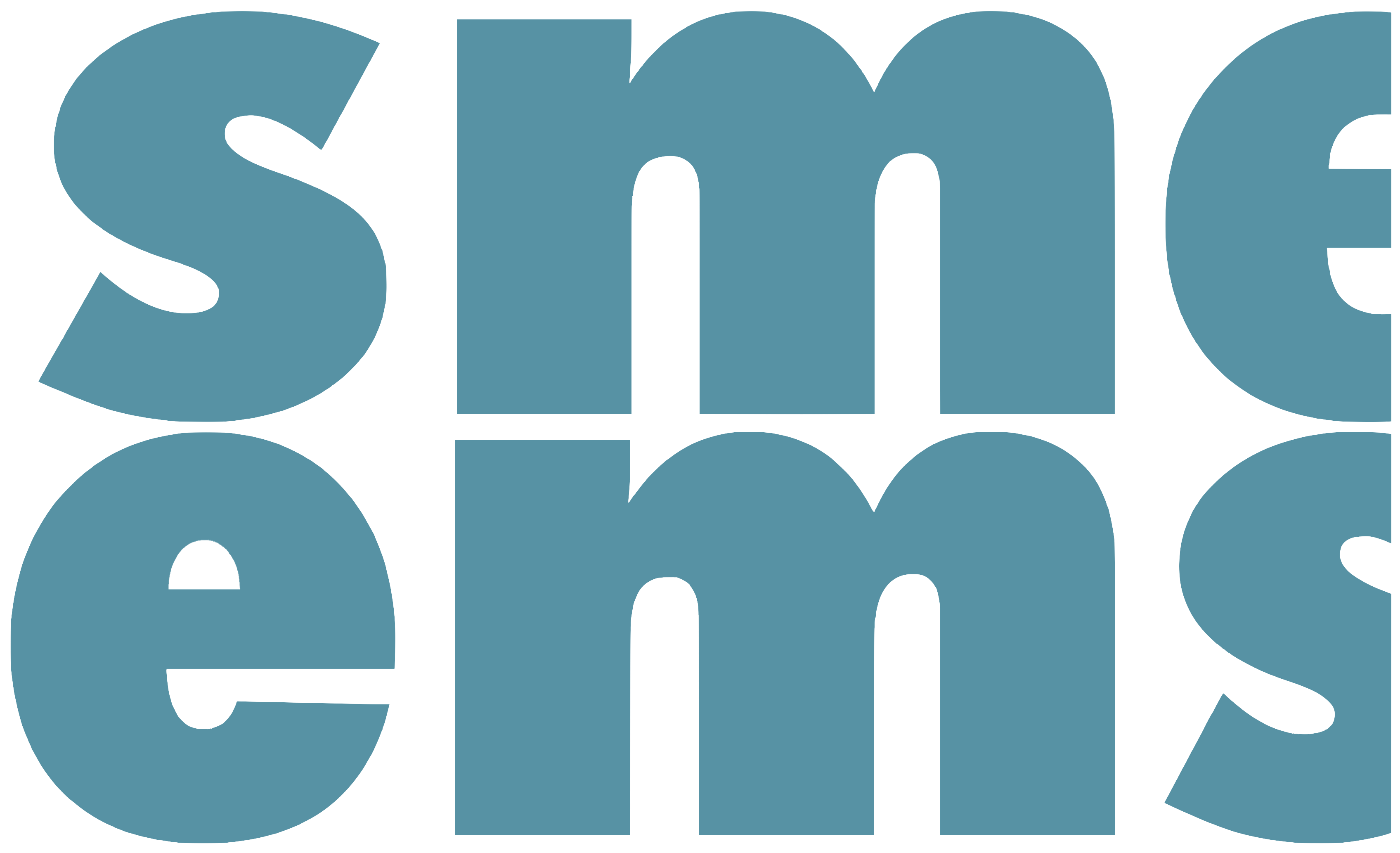Chávez Juan Manuel
(13. 01. 1958)Chávez Juan Manuel
Avenida San Martín 1379
5105 Villa Allende (X5105BPI)
Córdoba
Argentina
Avenida San Martín 1379
5105 Villa Allende (X5105BPI)
Córdoba
Argentina
Genre: Classical Music
Biography
* 13. 01. 1958 Córdoba ARG.
Juan Manuel Chávez was born in Córdoba, Argentina where he studied percussion and composition at the School of Art at the National University. In 1995 the German Academic Exchange Service enabled him to study percussion in Würzburg, and to continue studies in composition under Klaus Huber and Emmanuel Nunes at the state run school of music in Freiburg. In 1992 and 1993 he attended courses given by Brian Ferneyhough in Paris.
Chávez has won numerous scholarships and awards including a financial award from the city of Stuttgart, the 'Accademia Filarmonica Messina', a financial award from the art foundation in Baden-Würtemberg, the Heinrich Strobel Foundation of the 'Südwestfunk' and the prize for composition from the 'Salzburger Osterfestspiele' (the Easter music festival in Salzburg).
In autumn 1998 he was invited as composer to the Swiss Institute in Rome where he applied himself to his compositional work.
Juan Manuel Chávez was born in Córdoba, Argentina where he studied percussion and composition at the School of Art at the National University. In 1995 the German Academic Exchange Service enabled him to study percussion in Würzburg, and to continue studies in composition under Klaus Huber and Emmanuel Nunes at the state run school of music in Freiburg. In 1992 and 1993 he attended courses given by Brian Ferneyhough in Paris.
Chávez has won numerous scholarships and awards including a financial award from the city of Stuttgart, the 'Accademia Filarmonica Messina', a financial award from the art foundation in Baden-Würtemberg, the Heinrich Strobel Foundation of the 'Südwestfunk' and the prize for composition from the 'Salzburger Osterfestspiele' (the Easter music festival in Salzburg).
In autumn 1998 he was invited as composer to the Swiss Institute in Rome where he applied himself to his compositional work.
Work list
Estudio en dos Dimensiones (1989)
Instrumentation: for violoncello solo
The basic idea of this piece is to position opposing musical elements side by side, allowing them to be interpreted as contrasting (e.g. tone - noise, cycle - anti-cycle, homophony - polyphony etc…) These various dimensions and their relationship to each other are continuously redefined in the five parts of this piece. It is important however, that each plays a leading roll in one of the parts.
Duration: 13' 00"

Folklore Planétaire I (1989-1990)
Instrumentation: for solo ensemble (nineteen instruments): (fl(pic,afl).ob(ca).cl(Ebcl).bcl.bn(cbn)/hn.tpt.tbn.tba/2perc/cel.hp.pf/2vn.va.vc.db)
The nineteen instruments in this piece are split twice into five groups. The first is grouped traditionally (woodwind, brass, keyboard instruments / harp, percussion and strings) and are known in this instance as homogenous groups.During the course of the piece new instrumental groups are gradually formed, each of these new groups contains one instrument from each of the above mentioned categories and are known in this instance as heterogenic groups. Both the homogenous and heterogenic groups have their own expressive repertoire, bound together by a specific number of tones and a specific rhythm.
Duration: 15' 00"

Folklore Planétaire II (1990-1991)
Instrumentation: for nine instruments (fl(pic,afl,woodblock).ob(ca,claves).cl(bcl,claves)/perc/hp.pf (or two wood blocks)/vn.vc.db)
The instruments are split into three groups: woodwind, harp/piano/percussion and strings.
Duration: 10' 00"

Protoi (1990-1991)
Instrumentation: for string quartet
Duration: 20' 00"

Aura (1992)
Instrumentation: for two pianos
Duration: 15' 00"

Last updated: 2021-09-14 14:15:01